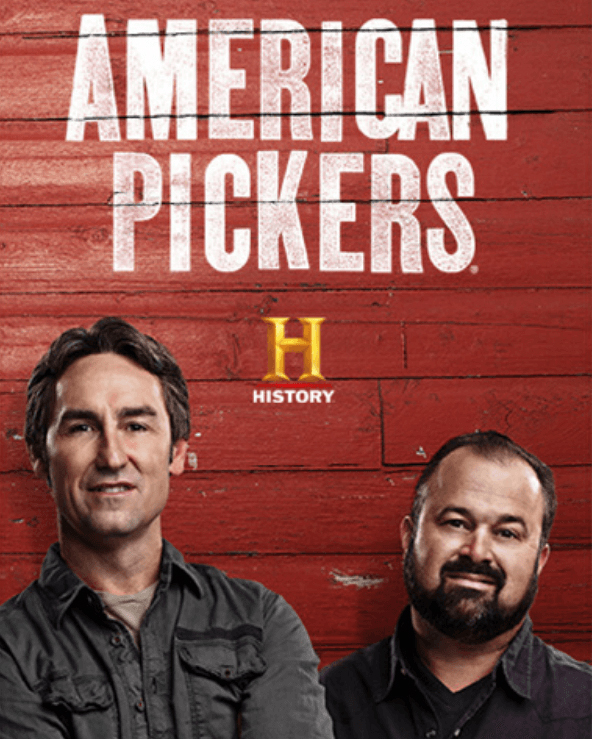– By #Pioneer Auto Show
Today, radio is often regarded as an older technology that has been surpassed by inventions such as televisions, cell phones and the internet, but radio is the forefather in the widespread communication of news, programming and music, and is still a vital component in our society. Learning the history of the radio is a great peek back into history to see how the world connected before the modern age. Take some time out of your day, tune to your favorite FM, AM or satellite radio station, kick up your feet and read all about the evolution of the radio!
Although there is some debate on who originally created the radio, Guglielmo Marconi is generally credited with being the first person to successfully create a device for long distance radio communication, which he completed in the late 1890’s. On December 12, 1901, after fine-tuning his efforts with the new wireless technology, he was able to become the first person to transmit a signal all the way across the Atlantic Ocean.
While there were big strides made in radio communication in the early 20th century, the way the technology was used was a lot different than it is today. Radios were not widely available, and through the early 1900’s, radio communication was accomplished through the use of Morse code. Radio was mainly utilized by the military, which started using the form of communication during World War I, as well as for contacting ships that were out at sea.
Civilian use of radio didn’t become common until the 1920’s, when broadcasting stations started popping up in the eastern U.S., as well as in England. Radio communication quickly became the public’s top source for information, as well as a form of entertainment. It wasn’t uncommon to see a family gathered around a radio listening to their favorite show, much like we do with a television nowadays.
Use of radio communication really took off following World War II, with citizens relying on radio transmissions for news about the war. Around this time, the public not only relied on radio for news and program entertainment, but also for music. With the invention of the “Top 40” and other similar programming, radio and music soon became synonymous with one another.
Even though traditional radios have been edged out by satellite radio and Internet radio stations in recent years, the technology continues to be a staple in many people’s lives. Could you imagine taking a leisurely cruise in your car without your trusty radio belting out your favorite tunes?
For an up close and personal look at the history of radio, stop into the Pioneer Auto Show and behold the WNAX sign we have on display. Created in 1927, WNAX was a popular radio station among farm towns in the Midwest, transmitting the best radio signals in the country during its heyday.
Now that you know a little more about the history of the radio, go out and impress your friends with your newfound knowledge, then treat them to a visit to the Pioneer Auto Show!
Last Modified:




